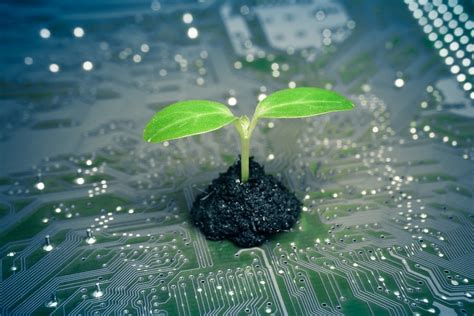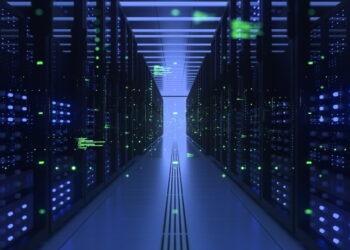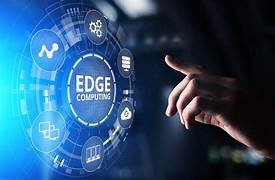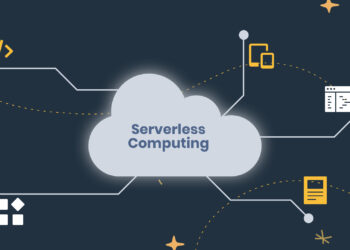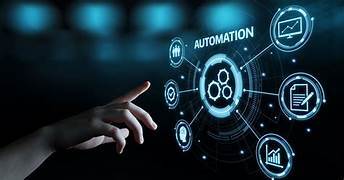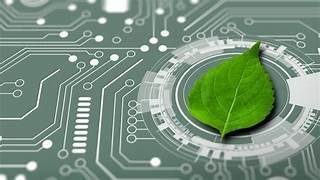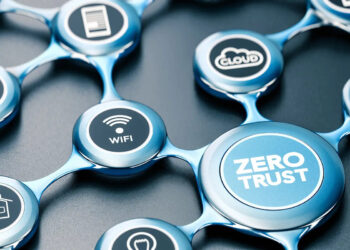In the digital-first era, our world runs on data. From the cloud services that store our photos to the artificial intelligence revolutionizing industries, the backbone of modern life is a colossal, power-hungry network of data centers and devices. For decades, the focus was singular: more power, more speed. But a silent, monumental shift is underway. The relentless hum of servers and the glow of billions of screens come with a steep environmental price, and the world is finally taking notice. The demand for Green Computing is no longer a niche conversation among environmentalists; it has erupted into a global economic and ethical imperative, reshaping the entire technology landscape.
This is not merely a trend; it is a revolution driven by stark realities. The digital world’s energy consumption is spiraling, regulatory bodies are imposing stricter environmental standards, and consumers are demanding greater corporate accountability. In this new paradigm, sustainable IT is not just good for the planet—it’s essential for a healthy bottom line. Companies are quickly discovering that reducing their carbon footprint and cutting operational costs are two sides of the same coin. Welcome to the era of green computing, where sustainability directly translates to profitability and relevance.
A. Unpacking the Core of Green Computing
Before delving into the forces driving its demand, it’s crucial to understand what “Green Computing” or “Sustainable IT” truly encompasses. It’s a comprehensive approach to mitigating the environmental impact of technology throughout its entire lifecycle. This philosophy is built upon four foundational pillars, each addressing a critical stage of technology’s journey from conception to disposal.
-
A. Green Design and Manufacturing This is where sustainability begins. Green design involves creating energy-efficient computers, servers, and components from the ground up. It means utilizing materials that are less hazardous, easily recyclable, and sourced responsibly. The manufacturing process itself is also scrutinized, with an emphasis on minimizing waste, reducing water usage, and lowering greenhouse gas emissions during production. The goal is to create products that are not only powerful but also have a minimal environmental impact before they are even switched on.
-
B. Green Use This is perhaps the most well-known aspect of green computing. It focuses on minimizing the energy consumption of IT hardware during its operational life. This involves everything from developing power-efficient CPUs and data storage to implementing intelligent power management settings in software. For large-scale operations, like data centers, green use means optimizing cooling systems, utilizing server virtualization to reduce the number of physical machines, and powering infrastructure with renewable energy sources. It’s about making our daily digital activities—from streaming a video to running complex AI algorithms—as energy-efficient as possible.
-
C. Green Disposal The end of a device’s life is a critical, and often overlooked, stage. The world is facing a monumental electronic waste (e-waste) crisis, with discarded devices leaching toxic materials like lead, mercury, and cadmium into the soil and water. Green disposal addresses this challenge head-on. It champions the refurbishment, reuse, and responsible recycling of electronics. This pillar promotes a “circular economy” model, where components are salvaged and repurposed, and valuable materials are recovered, thus reducing the need for virgin resource extraction and preventing hazardous waste from ending up in landfills.
-
D. Green Software Engineering A nascent but critically important frontier is the efficiency of the code itself. Bloated, inefficient software requires more processing cycles, which in turn consumes more electricity. Green Software Engineering is an emerging discipline focused on writing code that is lean, efficient, and optimized for minimal energy consumption. As software, particularly AI, becomes more complex, the energy efficiency of algorithms will play a massive role in the overall sustainability of the IT ecosystem.
B. The Powerful Forces Fueling the Green IT Surge
The dramatic pivot towards sustainable IT isn’t happening in a vacuum. It’s the result of a powerful convergence of economic, regulatory, and social pressures that have made ignoring environmental impact an untenable business strategy. The market itself is responding, with projections showing the global Green IT market skyrocketing from approximately $28 billion in 2024 to over $90 billion by 2032.
-
A. The Unavoidable Energy Crisis in Data Centers Data centers are the beating heart of the digital economy, and their energy consumption is staggering. Globally, they are estimated to consume 1-2% of all electricity, a figure that is set to double or even triple in the coming years, largely fueled by the explosive growth of Artificial Intelligence. The computational power required to train and run large AI models is immense. In some regions, like the U.S., data centers are projected to consume nearly 9% of the nation’s electricity by 2030. This insatiable demand puts immense strain on power grids and carries an enormous financial cost. A single large data center can have an electricity bill running into millions of dollars per month. This economic reality makes energy efficiency not just an environmental goal but a critical financial necessity.
-
B. The Compelling Economics of Sustainability The most powerful driver for corporate change is often financial incentive. Green computing delivers tangible economic benefits that go straight to the bottom line.
- Reduced Operational Costs: Energy is a major operational expense. By adopting energy-efficient hardware, optimizing cooling, and leveraging cloud services, companies can slash their electricity bills significantly. This reduction in Total Cost of Ownership (TCO) is a compelling argument for C-suite executives.
- Enhanced Brand Reputation: In today’s market, consumers and business partners are increasingly eco-conscious. A demonstrated commitment to sustainability through green IT initiatives enhances a company’s brand image, fosters customer loyalty, and can be a powerful differentiator in a crowded marketplace.
- Increased Competitiveness: As regulations tighten, companies that have already invested in green computing will have a competitive advantage. They will be better prepared for carbon taxes, energy efficiency mandates, and other environmental policies, avoiding potential fines and operational disruptions.
-
C. Mounting Regulatory and Compliance Pressure Governments and international bodies are no longer making suggestions; they are creating binding regulations. Frameworks like the Waste Electrical and Electronic Equipment (WEEE) Directive in Europe and standards from the Environmental Protection Agency (EPA) in the United States set strict rules for e-waste disposal and energy efficiency. Furthermore, the rise of mandatory Environmental, Social, and Governance (ESG) reporting means public companies are now legally required to disclose their environmental impact and sustainability strategies to investors. This transparency is forcing organizations to take green IT seriously as a core component of their compliance and risk management strategy.
-
D. The Ticking Time Bomb of Electronic Waste Our love for new gadgets has created a global environmental disaster: e-waste. The world is on track to generate a staggering 82 million tonnes of electronic waste annually by 2030. This isn’t just inert trash; it’s a toxic cocktail of heavy metals and hazardous chemicals. The environmental and health consequences of improper e-waste disposal are dire. Green computing tackles this crisis by promoting a circular economy. This involves designing products for longevity and repairability, establishing robust take-back programs, and partnering with certified recyclers to ensure that electronics don’t become toxic liabilities at the end of their life.
C. Strategic Pathways to Sustainable Technology
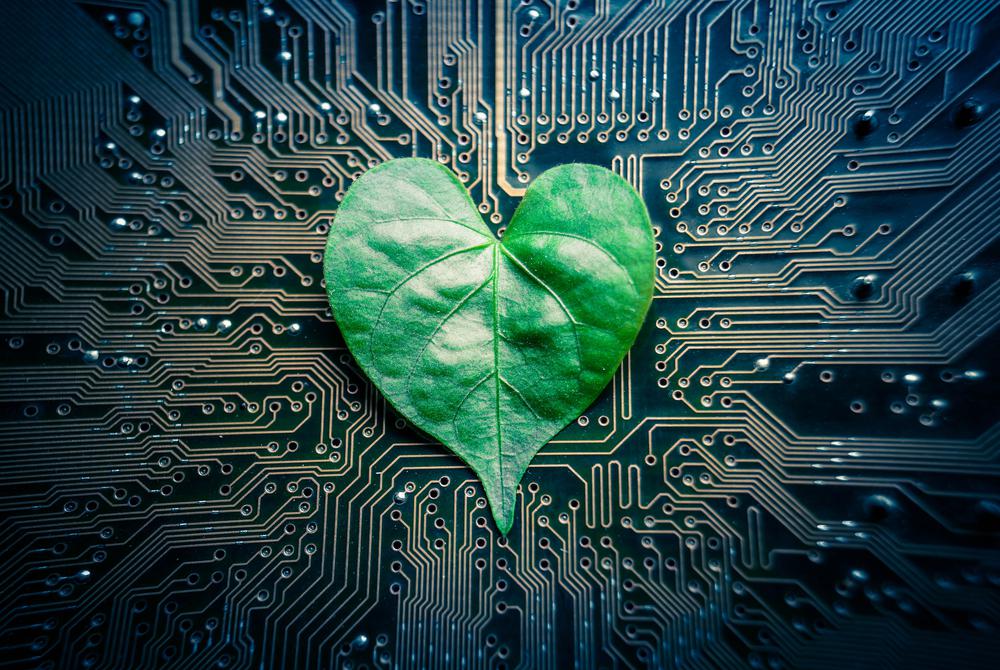
Achieving green computing goals requires a multi-faceted strategy that addresses everything from massive data centers to individual employee habits. The good news is that the technology and methodologies to do so are mature and readily available.
-
A. The Green Data Center As the hub of IT energy consumption, the data center is the primary target for green initiatives.
- Virtualization and Cloud Migration: This is a cornerstone of efficiency. By running multiple virtual servers on a single physical machine, organizations can drastically reduce the amount of hardware they need to power and cool. Migrating workloads to hyper-scale cloud providers like AWS, Google Cloud, or Microsoft Azure often provides even greater efficiency, as these companies operate at a scale that allows for extreme optimization.
- Advanced Cooling Techniques: Cooling can account for up to 40% of a data center’s energy use. Modern strategies like hot/cold aisle containment, liquid cooling, and using outside air for “free cooling” in suitable climates can dramatically reduce this burden.
- AI-Powered Management: Ironically, AI is being used to solve the energy problem it helps create. AI-powered platforms can monitor data center environments in real-time, intelligently managing power distribution and cooling systems to optimize for efficiency without sacrificing performance.
-
B. Empowering the End-User Sustainability is also a collective responsibility that extends to every desktop and laptop.
- Intelligent Power Management: Simply enabling and enforcing sleep and hibernation modes on all company computers can lead to significant energy savings across an organization.
- Extending Hardware Lifecycles: The culture of replacing computers every three years is incredibly wasteful. A green approach prioritizes repairing and upgrading existing machines to extend their useful life, reducing e-waste and the environmental cost of manufacturing new devices.
- Adopting Thin Clients: For many business functions, full-powered desktop PCs are overkill. Thin clients are stripped-down computers that rely on a central server for most of their processing, consuming a fraction of the energy of a traditional desktop.
-
C. Responsible IT Asset Disposition (ITAD) Having a clear and responsible plan for retiring old hardware is non-negotiable.
- Prioritizing Reuse: Before recycling, the first question should always be: can this equipment be refurbished and reused? Donating functional equipment to charities or schools extends its life and provides social value.
- Certified E-Waste Recycling: When a device truly reaches the end of its life, it must be handed over to a certified e-waste recycler. These facilities follow strict processes to safely extract and reclaim valuable materials while properly disposing of hazardous components.
D. Navigating the Challenges on the Green Journey
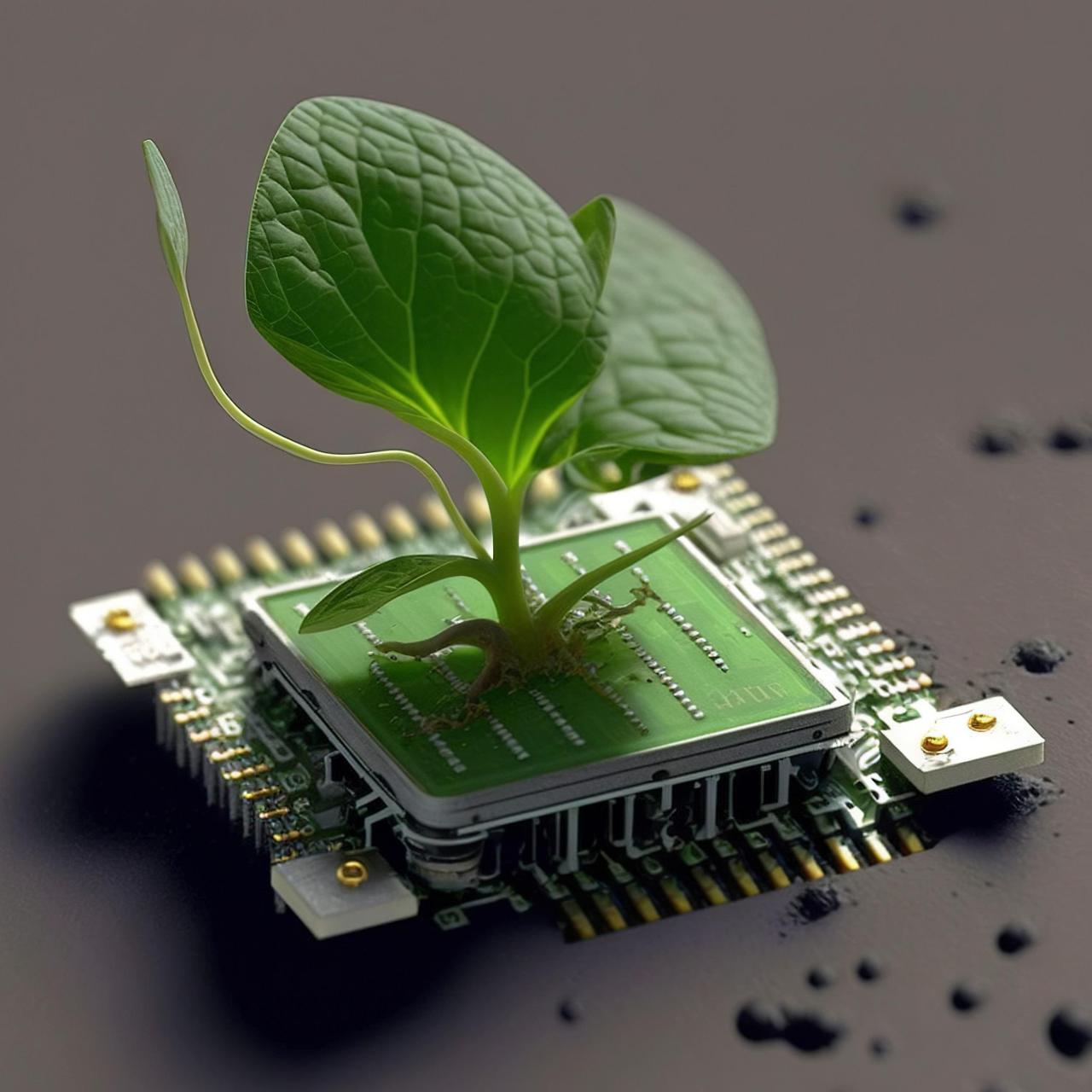
While the path to sustainable IT is clear, it is not without its obstacles. Acknowledging and planning for these challenges is key to a successful transition.
-
A. The Hurdle of Initial Investment Implementing green technology, such as upgrading to more energy-efficient servers or installing advanced cooling systems, can require a significant upfront capital investment. While these investments almost always deliver a strong return over time through energy savings, the initial cost can be a barrier for organizations with tight budgets.
-
B. The Awareness and Expertise Gap Many organizations, particularly small and medium-sized businesses, may lack the internal awareness or technical expertise to develop and implement a comprehensive green IT strategy. They may not know where to start or how to measure their current environmental footprint, making it difficult to identify the most impactful areas for improvement.
-
C. Perceived Performance Trade-offs There is a lingering, though often outdated, perception that energy-saving modes and efficiency-focused hardware come at the cost of performance. Overcoming this mindset requires demonstrating that modern green technologies can deliver both sustainability and the high performance required for business-critical applications.
-
D. The Relentless Pace of Innovation Technology evolves at a blistering pace. This creates a challenging dynamic where companies must balance the green principle of extending hardware lifecycles with the competitive need to adopt newer, more powerful technologies. Striking the right balance is crucial for a pragmatic and effective green IT policy.
The Unwritten Future is Green
The surge in demand for green computing is far more than a fleeting corporate trend. It is a fundamental and permanent recalibration of the technology industry’s relationship with our planet. Driven by the undeniable realities of soaring energy costs, a global e-waste crisis, and a powerful combination of regulatory pressure and consumer demand, sustainability has become an essential pillar of modern business strategy.
The journey ahead involves overcoming challenges of cost and awareness, but the direction of travel is certain. The future of technology will be defined not just by its speed or power, but by its efficiency and sustainability. From the design of microchips to the architecture of global cloud networks, the principles of green computing will be integrated into every layer. For businesses, this is not a choice but an opportunity—an opportunity to innovate, to lead, to reduce costs, and to build a more resilient and responsible digital world for generations to come. The green revolution in tech is here, and it’s powering the future.

